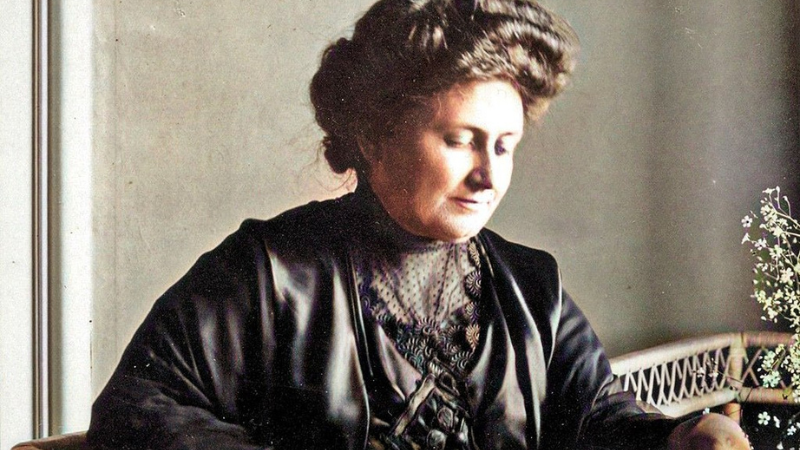
It was Italian physician and educator Maria Montessori who pioneered the Montessori method of teaching for children.
For over a hundred years, the Montessori Method has been a favoured way of shaping the first learning experiences of young children. And it is all because of the efforts of a pioneering Italian educator, Maria Montessori (1870-1952).
A bright student, Maria had wanted to study medicine but was rejected by the University of Rome because of her gender. It was only after she earned a degree in natural sciences and a recommendation from the Pope that she was grudgingly given admission. During the course, she was not allowed to attend the anatomy class with the other students as it was deemed inappropriate for a woman to see a naked body in the presence of men. So she had to practise her dissections of bodies alone, after class hours.
Nevertheless, she graduated with flying colours, becoming one of the earliest Italian women to receive a medical degree in 1896.
Maria began her career by working with children in mental asylums. She devised new educational methods for them, which were so successful that her students passed the examinations meant for normal children!
In 1907, she opened Casa dei Bambini (Children's House) in a slum in Rome, her first chance to see if her methods worked on normal children. She believed that children learned best through doing. She encouraged them to use their five senses to explore their surroundings while playing. She gave them special toys and lessons to develop their innate creativity and imagination.
Maria found that children learned to write before they learned to read. Once, in a class of children who had begun to write a little, she wrote on the blackboard. If you can read this, come up and give me a kiss and waited. Many days passed and then a little girl suddenly went up to her and said, "Here I am!" and kissed her. The children in her schools learnt to read and write by the time they were five years old.
Today Montessori education is followed in over 25,000 schools in more than 140 countries.
Picture Credit : Google




